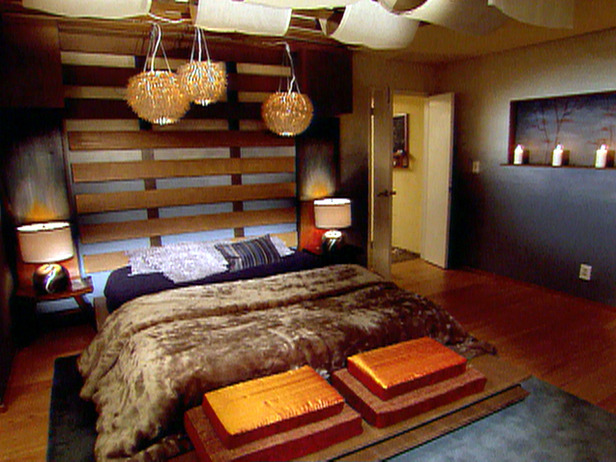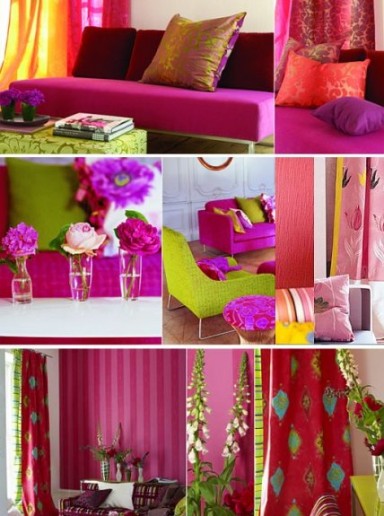A lot of planning goes in decorating a bedroom especially if the decorations are to be based on a theme. These days, a number of interior decorators suggest going for pre defined themes that have some resemblance to different cultures of the world. Each culture has its own traditions and architecture. One of the popular themes that are being used for bedrooms is Japanese Bedroom. As the name suggests, the decorations in a Japanese Bedroom resemble the Japanese way of life and are based on the patterns in which bedrooms are decorated in Japan. If you are planning to go for Japanese style bedroom, you need to take into account various objects that will help in giving the bedroom the right feel. Some important tips for decorating the bedroom in Japanese style are:
- Walls: The walls of a Japanese Bedroom are solid colored. The walls should be without any decorations. Japanese bedrooms do not have many photographs or posters displayed on the wall. The only exception is an occasional family photo.
- Furniture: There should be very little furniture in the room. Only the items that are required should be placed in the bedroom. Most of the bedrooms that are decorated in Japanese style have a bed, some low height chairs and a centre table in the bedroom. The furniture used should be of low height. Platform beds can be used as they are of low height. Very high stools and tables do not go along with the Japanese theme. Even the bed should be of low height. Furniture in the Japanese bedroom is placed in the middle of the room unlike next to the walls in most of the other arrangements.
-

Japanese style is highly sophisticated and simple. Cloth: Japanese decorations include use of silk. In order to create a perfect Japanese feel, you can use silk bed covers and silk curtains. Silk table cover and pillow cover also gives a Japanese touch to the room.
- Open Space: Japanese bedrooms have a lot of open space. Using furniture of low height also gives a lot of open space in the room. In order to get more open space, you can use multipurpose furniture that can be used in various ways. Some of the common ways of reducing furniture is to use sofa cum beds that serve a dual purpose of bed as well as a sofa set. This helps in reducing furniture in the room. Also, remove all the unused furniture of the room to free space. The items that are not used daily should be stored separately.
- Shoji Screens: Screens made of wood or bamboo can be used in Japanese bedroom to cover unwanted articles of the room. These screens can also be placed before the window to get required privacy without obstructing light. Such screens are commonly used in the room as divider for creating a separate space for storage or keeping computer.
- Color: Japanese bedrooms use contrasting colors like that of yin and yang. If the walls are light colored, you can use dark colored furniture or bed sheets and curtains to get the desired contrast. The color should be concentrated to one or two objects in the room. Other objects can be of a neutral color. The dark shades of red and brown are common for decorating the room in Japanese style. Other earth colors can also be used.
- Quality: It is important to use best quality products while decorating a Japanese Bedroom. Good quality furniture helps in giving a luxurious look to the room. Japanese are famous for the quality of goods that they use and therefore the furniture should be or at least appear to be of good quality.
- Artwork: The Japanese bedroom has very little decoration and is concentrated on one or two items. The Japanese decorations are based on simplicity and harmony. Therefore, not many decorative items are used for decoration. Bamboo showpieces are usually used in Japanese rooms as it is considered Lucky. You can also keep a plant in the room to give a lively feel to the room. Simple table top fountains etc can also be used for decoration. However, do not overdo the decorations as they do not go along with Japanese decorations.



